What is a Diode
Diodes come in many shapes, sizes, and functions, but one function that all diodes have in common is their ability to only allow electricity to flow in one direction. A diode, in plumbing terms, can be thought of as a one-way valve where water can enter the value in the input and exit through the output, but water trying to go into the output is blocked. Diodes are classified as passive components as they cannot be controlled by an external electrical signal. Other examples of passive components include resistors, capacitors, and inductors.
The History of Diodes - What is a Diode?
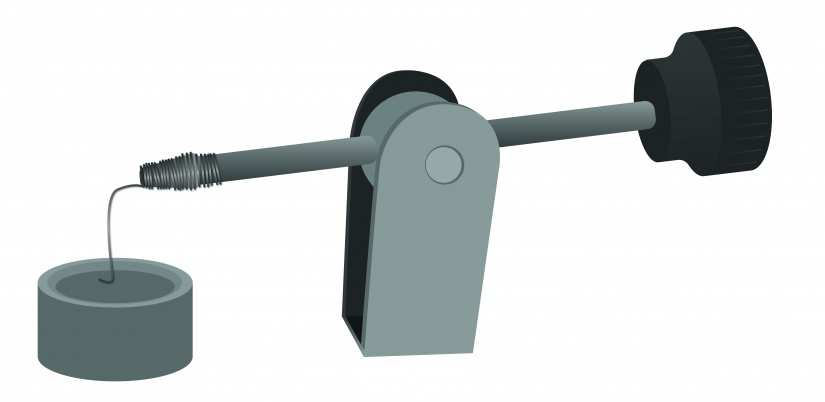
The first diode was built using a piece of lead-sulfide crystal, and a small piece of wire touching its surface. The use of the thin wire gave it the name “cat whisker” and was a critical component in radio technology. When transmitting audio waves (such as voice and music), a high-frequency carrier wave (hundreds of megahertz) is modulated with the low-frequency audio wave. The high-frequency carrier wave creates radio waves in the transmitter, and the variation in output power is what holds the audio information. The receiver needs to take this radio wave and remove the high-frequency carrier wave so that the low-frequency audio wave can be fed into a speaker.
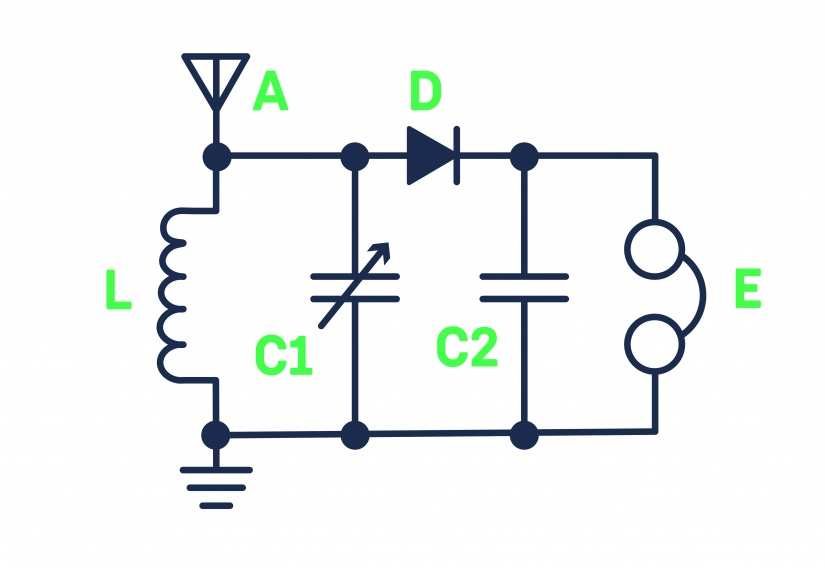
Modern methods for achieving this would be to use a local oscillator and subtractor that can isolate the carrier wave, but such methods were not available in the first radios. Instead, a cat-whisker would be used which would instead rectify the incoming radio wave. Once rectified, a capacitor is used to remove the high-frequency wave (as these pass-through capacitors easily), while the low-frequency audio wave would ignore the capacitor. This signal would then be amplified using a valve amplifier with the resultant amplified wave being sent to a speaker.
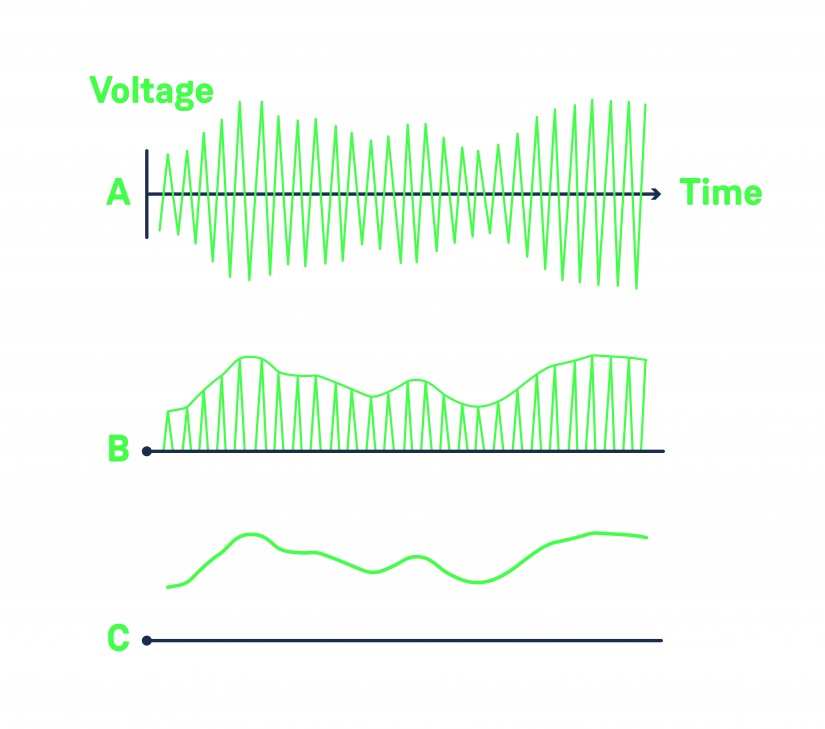
As technology progressed, diodes became standardised in construction, varied in application, and better materials discovered. For example, silicon diodes are generally used in signal processing applications while metal silicon diodes (i.e. Schottky) are used in power rectification applications.
Diode Construction - What are Diodes Made of?
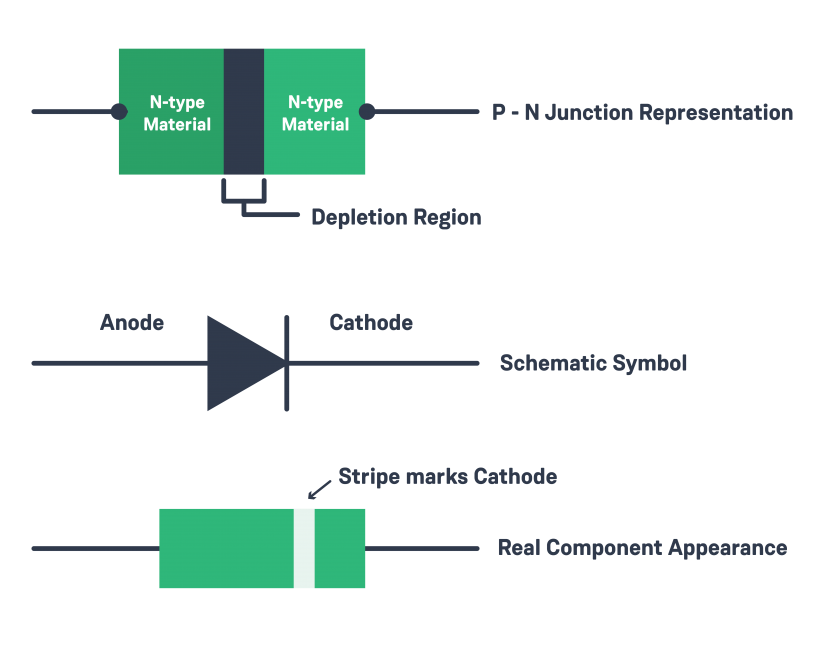
The most basic (and common), diode today is the silicon diode that consists of two pieces of semiconductor; N and P-type. When these two pieces of material are sandwiched together, the resulting material obtains diode properties whereby conventional current can only flow from the P to the N region (electron flow is the opposite to this with electrons flowing from the N material to the P material).
As we have looked at before, the real world is far from ideal, and the same applies to diodes. The ideal diode has no voltage drop across it, and consumes no power. However, real diodes do in-fact have a voltage drop across them, and as such dissipate heat when they conduct electricity. This voltage drop across a diode is called its forward voltage, and this number depends on the diode type. Silicon diodes, for example, have a forward voltage of 0.7V, Schottky diodes have a forward voltage of between 0.15V and 0.46V, and germanium diodes have a forward voltage drop of 0.2V. The forward voltage can be thought of as the minimum voltage needed to turn the diode on so that it can conduct electricity. This is another factor that needs to be considered; diodes will not conduct any electricity until the voltage applied to them is greater than their forward voltage!
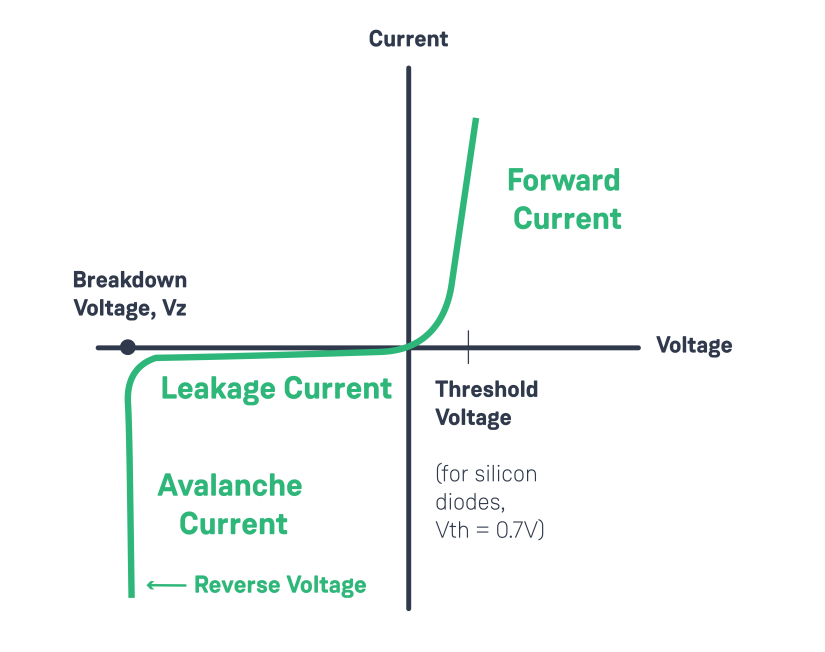
Interestingly, the forward voltage barely changes across a diode once it becomes conductive. This can be useful in creating voltage references that don’t change with the input power supply.
Diodes in Parallel
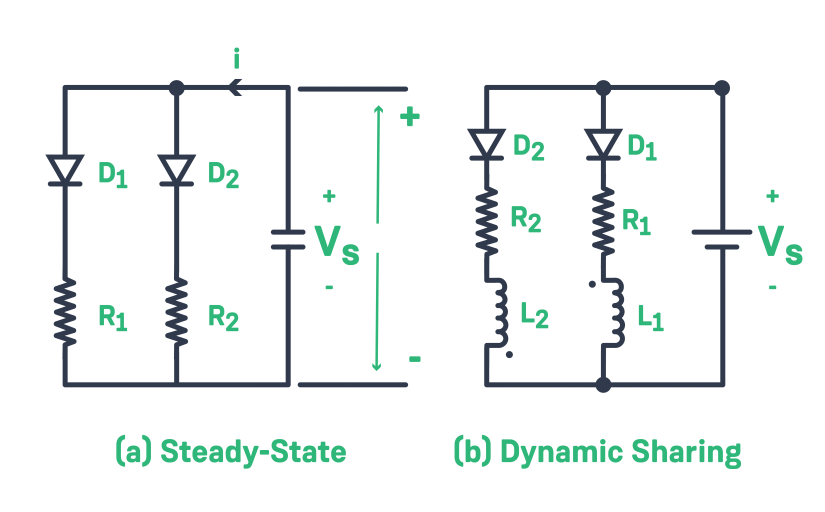
Like any component, diodes have power ratings meaning that they can only handle so much current. In theory, multiple diodes can be used in parallel to create a more powerful diode, but the reality is that this cannot be done. Because diodes can vary in forward voltage, multiple diodes in parallel may find that only one of the didoes is operating while the others cannot achieve the forward voltage they need. This leads to each diode one by one overheating and popping.
Diodes CAN be used in parallel but ONLY if a series resistor is used. The series resistor allows for each diode to achieve their needed forward voltage drops, but the drawback to this method is that each resistor will have current flowing through them, and thus dissipate power.
Diodes in Series
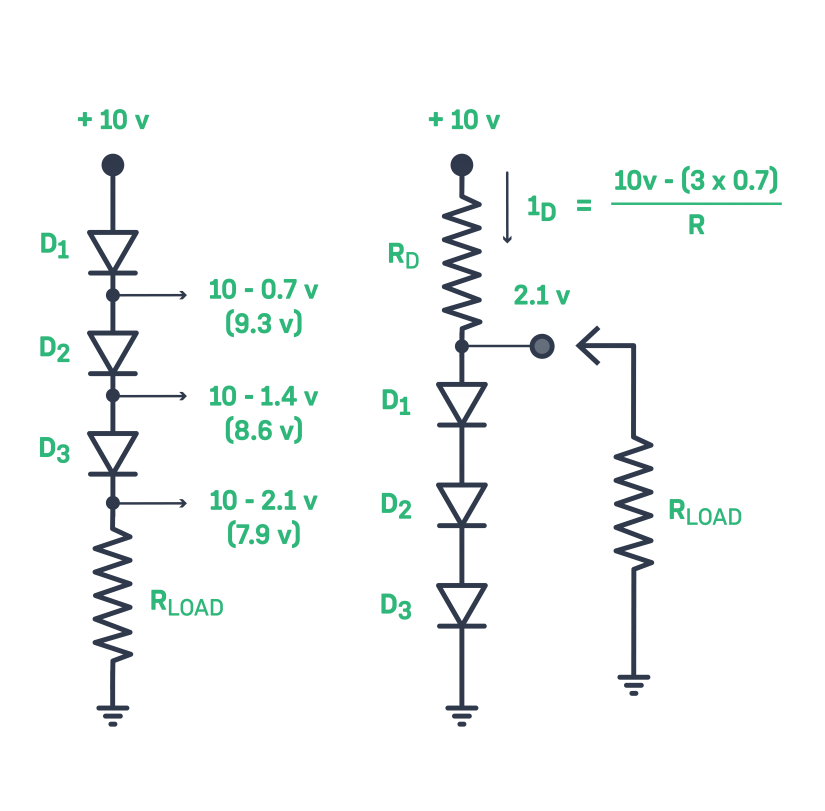
Diodes in series are incredibly useful for creating voltage references. If, for example, silicon diodes are used then each diode will series will have 0.7V across it. Therefore, if three diodes are used in series, then the voltage drop across all three is 0.7V x 3 = 2.1V. So long as the input voltage is greater than 2.1V then this voltage value across the three diodes will always be retained.
Unless power itself is being processed, diodes require a series resistor to prevent them from conducting too much current. The same goes for voltage references; a suitable resistor in series is needed to ensure that the voltage reference does not conduct too much current. Generally speaking, a voltage reference can be made to consume an incredibly small amount of current (less than 0.1mA), as voltage references can be fed into a buffer which will replicate the voltage reference voltage. Voltage references are a crucial component in fixed voltage regulators such as the 7805, which produce a constant 5V on their output.
Example Diode Circuits
To better understand how diodes work, let’s see some example circuits
What is a Half-Wave Rectifier
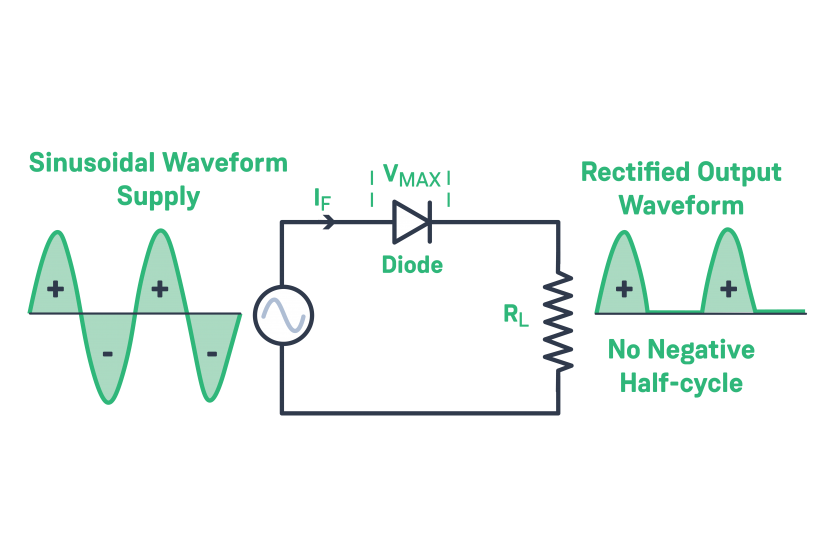
A half-wave rectifier is the simplest diode circuit consisting of a single diode. Such a circuit can be used for both low and high power, but is often seen in applications needing to remove the negative portion of an AC signal (such as an amplifier).
What is a Full-Wave Rectifier
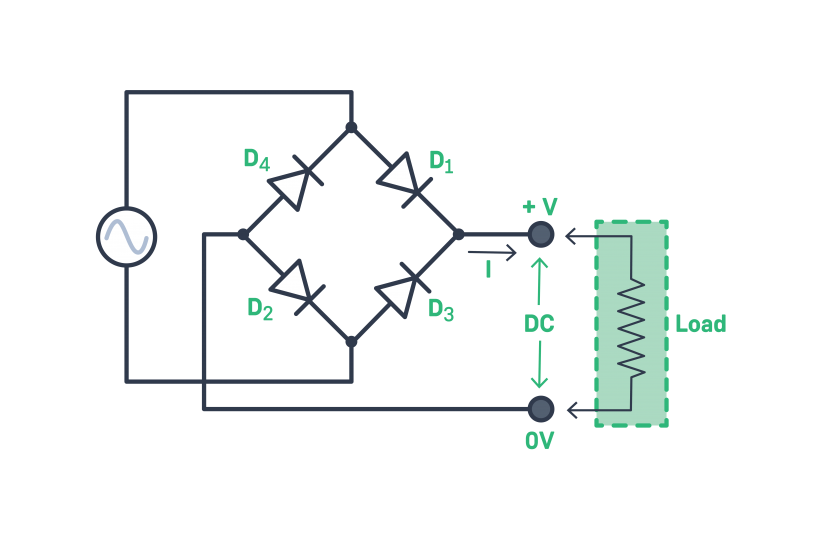
A full-wave rectifier is a special configuration of four diodes that rectifies an AC signal but retains the entire waveform. Such a circuit is almost exclusively found in power conversion circuits which convert AC mains into DC.
Voltage Clamper
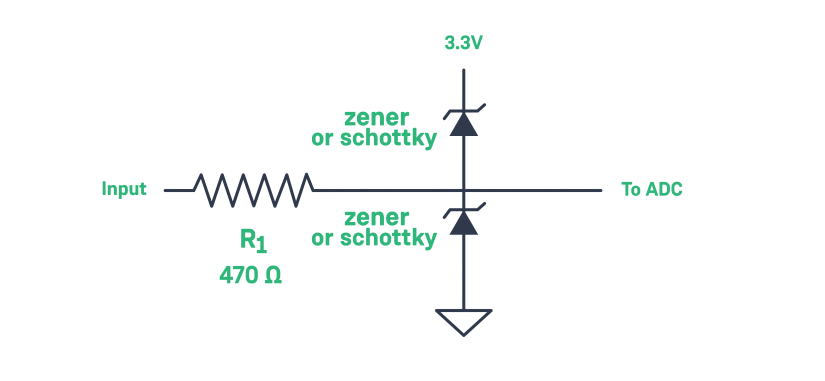
Voltage clamper circuits are those that limit the maximum voltage of a signal. This is exceptionally useful in circuits that can be damaged by external signals if those signals become too large.
Schottky and Zener Diodes
As stated previously, diodes are available in different sizes, shape, and functionality. All diodes come in both through-hole and SMD forms with through-hole variants often being used in higher power applications. But, let's take a look at the other main diodes you will come across in the electronics world.
What is a Schottky Diodes and What are Schottky Diodes Used for?
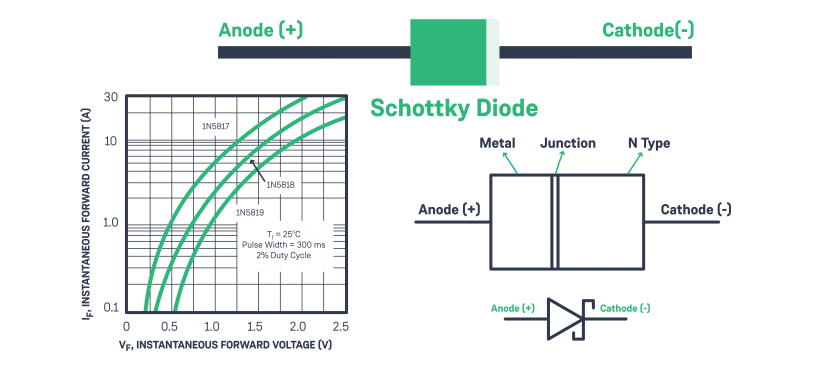
Schottky diodes are made using a single piece of semiconductor and metal conductor. These didoes have large leakage currents, but have low forward voltage drops. These diode types are generally used in power rectifiers as their low forward voltage drops allow for minimised power dissipation.
What is a Zener Diode?
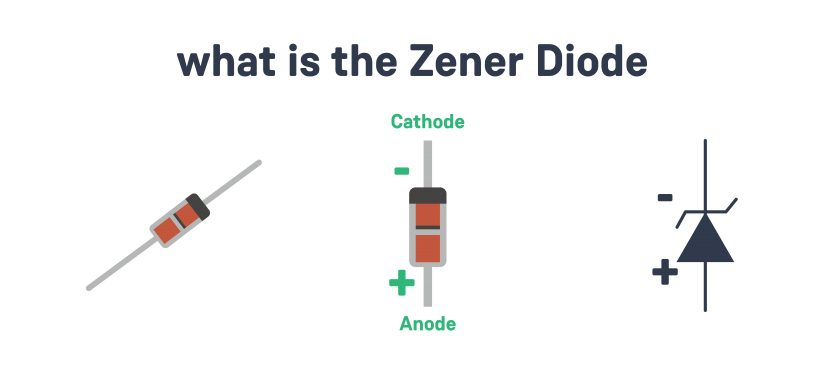
Zener diodes deserver their own dedicated article due to their unusual reverse breakdown behaviour. Long story short, a Zener diode will not allow reverse current to flow until the reverse voltage goes beyond a specific value. This value can be adjusted for each diode, and what makes this action useful is that this voltage can be a large range of different values. For example, a Zener diodes reverse voltage breakdown could be made to be 5V meaning that a 5V reference can easily be made. This eliminates the need for multiple diodes in series.
What are Diodes - Diodes Explained
Diodes are incredibly important in circuits, and their ability to only allow electricity to flow in one direction makes them useful in signal processing applications. But the forward voltage drop of diodes is also useful for creating voltage references, as well as clamping signals to prevent damage to sensitive circuits, both analogue and digital.





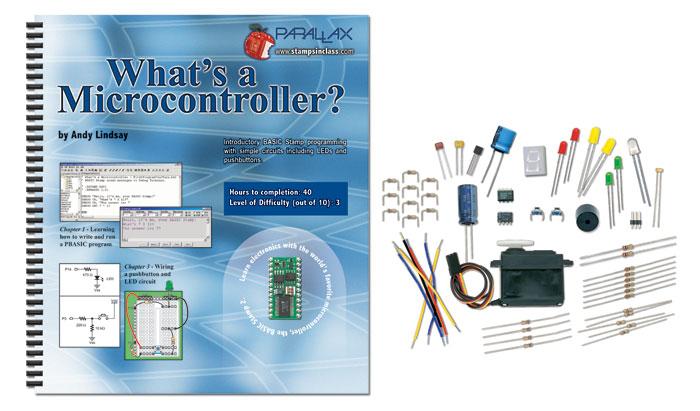
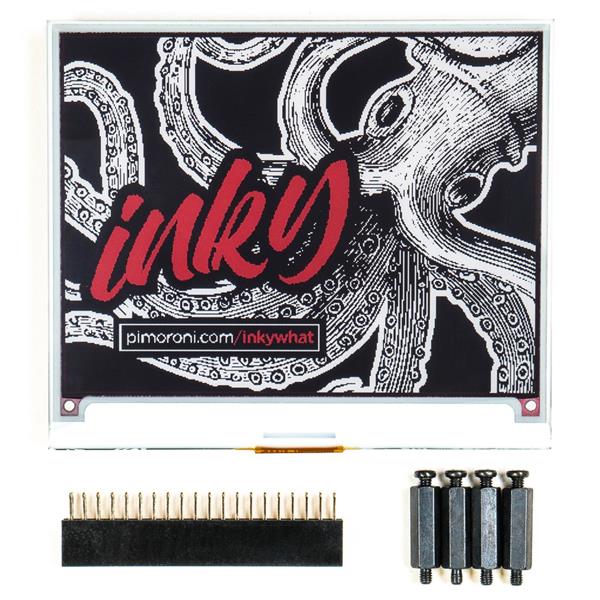




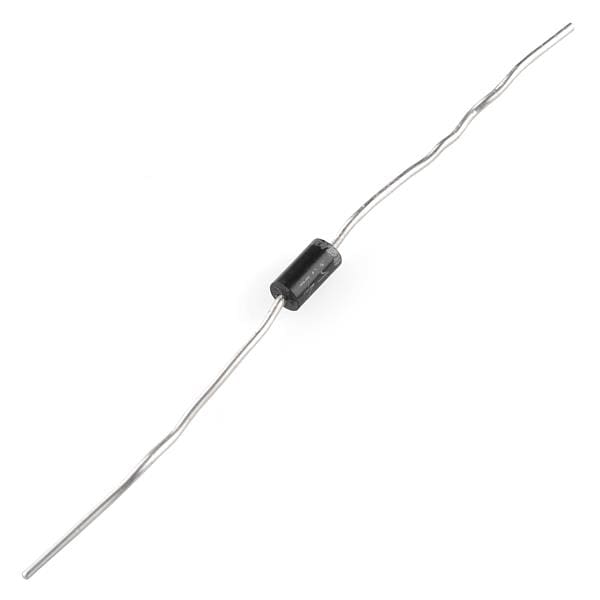


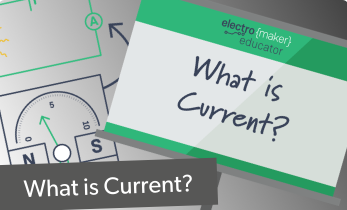
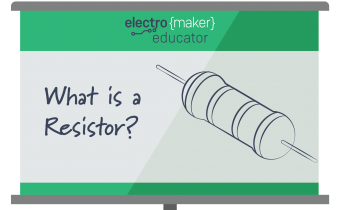
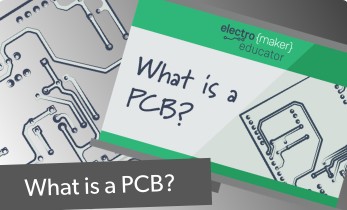
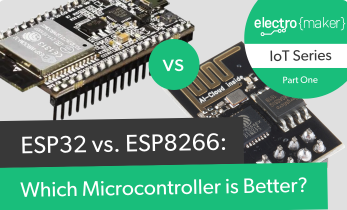
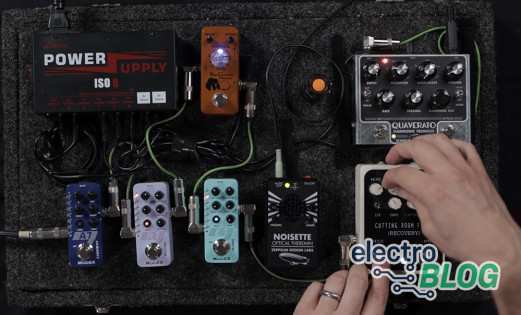
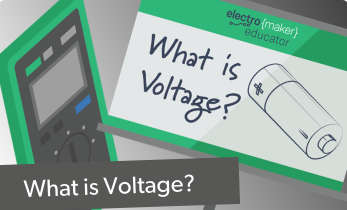

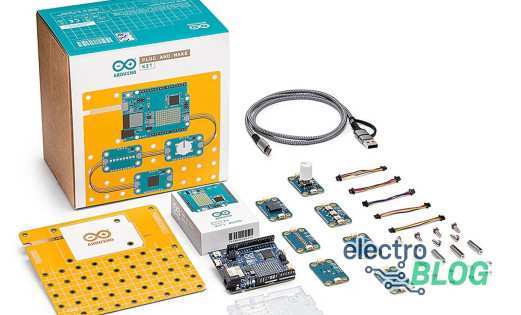



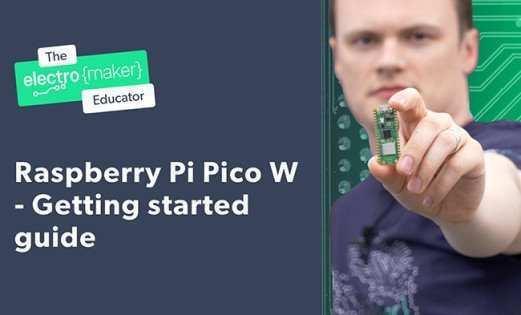

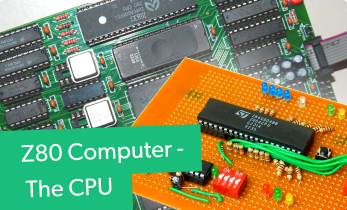

Leave your feedback...